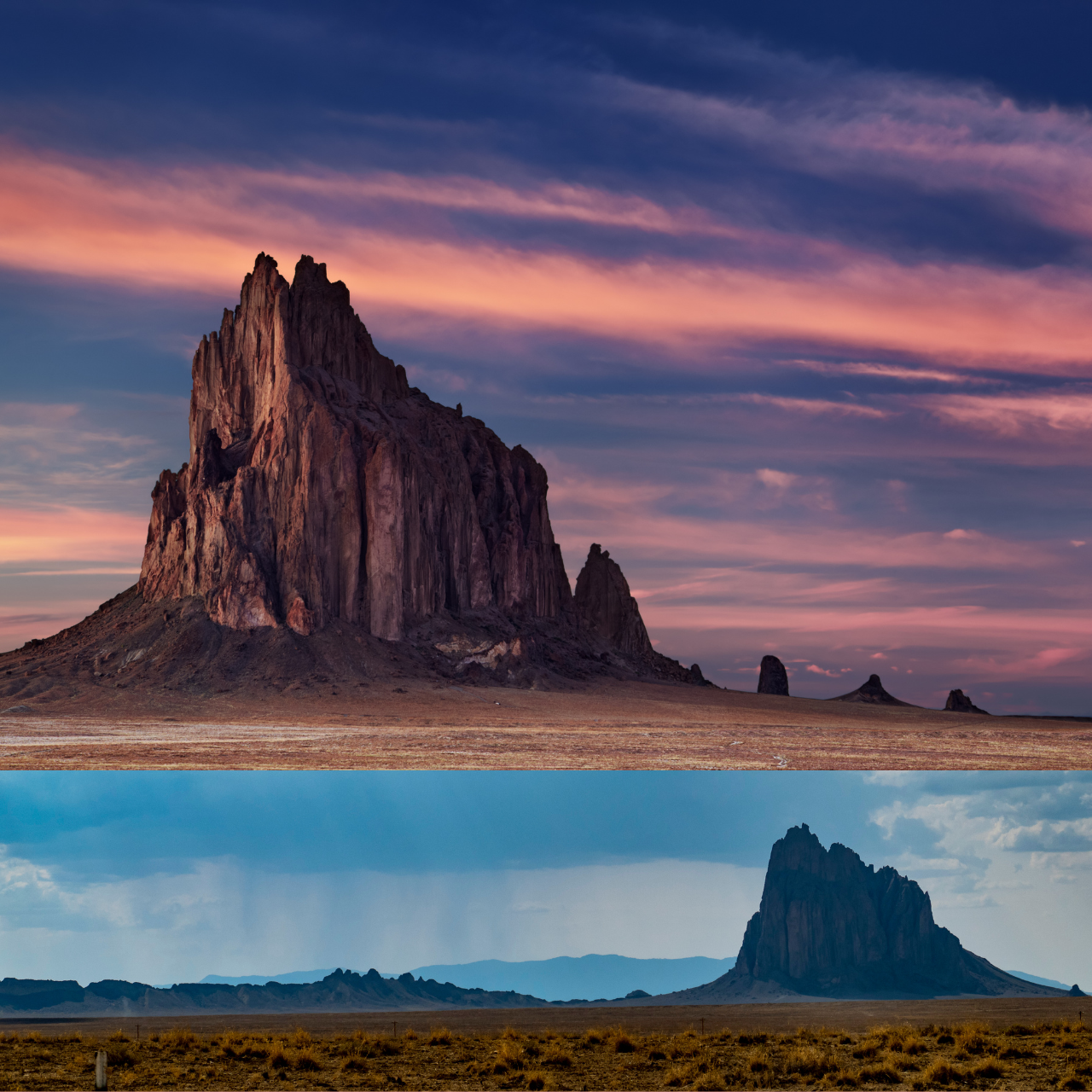September 26 2024.
WASHINGTON — The Department of the Interior today announced a $71 million investment from Investing in America agenda to electrify homes in 13 Tribal communities across Indian Country, helping to close the Tribal access-to-electricity gap. This investment from the Inflation Reduction Act – the largest ever investment in climate – is a critical step toward the goal of electrifying all homes in the United States with clean energy sources.
This second and final round of funding from the Bureau of Indian Affairs’ Tribal Electrification Program, is part of an overall $150 million commitment to provide financial and technical assistance to connect homes in Tribal communities to transmission and distribution that is powered by clean energy; provide electricity to unelectrified homes through zero-emissions energy systems; transition electrified homes to zero-emissions energy systems; and support associated home repairs and retrofitting necessary to install the zero-emissions energy systems. In addition, the program supports clean energy workforce development opportunities in Indian Country.
“Every family deserves to have access to reliable, affordable electricity. Now, with historic investments from President Biden’s Investing in America agenda, we’re honoring our commitment to deliver clean energy to Indian Country to electrify more homes,” said Secretary Deb Haaland. “This new program is building reliable, resilient energy that Tribes and communities can rely on, and advancing our work to tackle the climate crisis and build a clean energy future.”
“Indian Affairs’ Tribal Electrification Program continues to provide Tribes with the assistance they need to ensure their communities have safe, reliable electricity, which is essential to daily living,” said Assistant Secretary for Indian Affairs Bryan Newland. “Working with Tribal governments on developing clean energy sources and bringing the benefits of dependable electricity to their communities is part of our mission of service to federally recognized Tribes.”
Today’s announcement follows the program’s first round of funding of $72 million awarded to 21 Tribes and Tribal organizations, which Secretary Haaland announced in March during a visit to the Hopi Tribe in Arizona. By recognizing that each Tribe has its own energy- and electrification-related needs and implementation capacity, the Tribal Electrification Program is meeting the unique needs of individual communities.
In 2000, the Energy Information Administration estimated that 14 percent of households on Native American reservations had no access to electricity, which was 10 times higher than the national average. In 2022, the Department of Energy Office of Indian Energy issued a report citing that 16,805 Tribal homes were unelectrified, with most being in the Southwest region and Alaska.
Funding through today’s announcement is going to the following Tribes:
| Tribe or Tribal Organization | State | Funding |
|---|---|---|
| Rosebud Sioux Tribe | South Dakota | $11,850,000 |
| Red Lake Band of Chippewa Indians | Minnesota | $8,738,100 |
| Navajo Tribal Utility Authority | Arizona, New Mexico and Utah | $7,376,200 |
| Eastern Shoshone Housing Authority | Wyoming | $7,375,000 |
| Bois Forte Band of Chippewa | Minnesota | $6,479,000 |
| Hopi Utilities Corporation | Arizona | $6,060,459 |
| Kootznoowoo, Incorporated | Alaska | $5,998,319 |
| Yurok Tribe | California | $4,300,143 |
| Quinault Indian Nation | Washington State | $3,948,800 |
| Levelock Village | Alaska | $3,313,979 |
| Tanana Chiefs Conference | Alaska | $3,000,000 |
| SAGE Development Authority (Standing Rock Sioux Tribe) | North Dakota and South Dakota | $2,000,000 |
| Ewiiaapaayp Band of Kumeyaay Indians | California | $560,000 |
The Tribal Electrification Program advances the Justice40 initiative, which sets the goal that 40 percent of the overall benefits of certain federal investments flow to disadvantaged communities that are marginalized by under-investment and overburdened by pollution, including federally recognized Tribal Nations.
For more information, visit the BIA’s interactive map for projects in Tribal communities funded through the Investing in America agenda.


